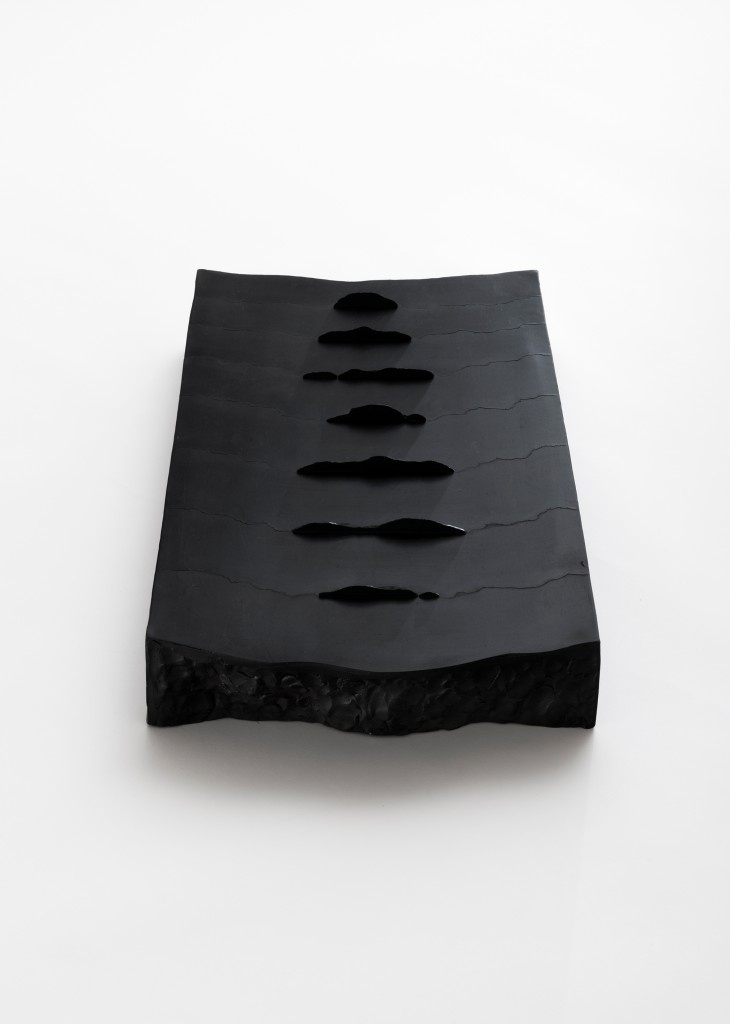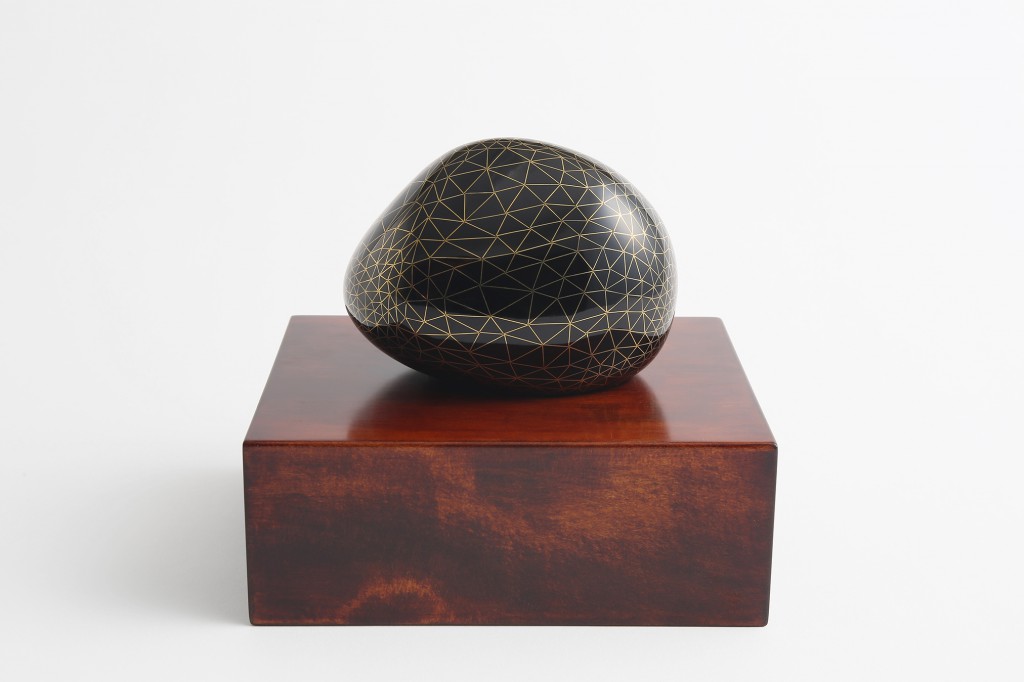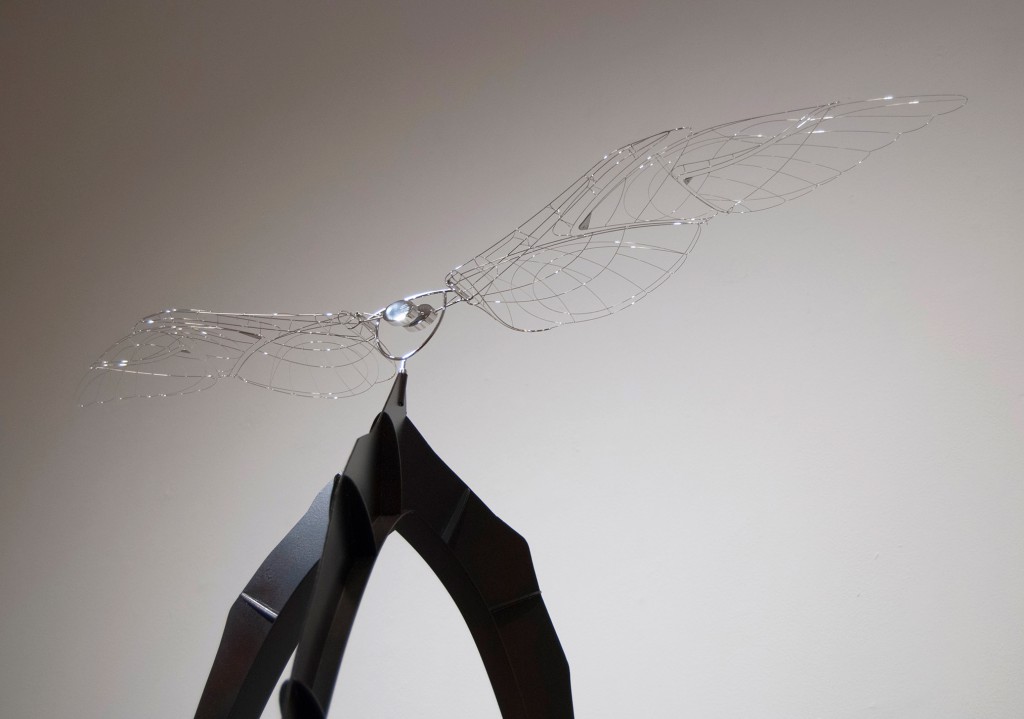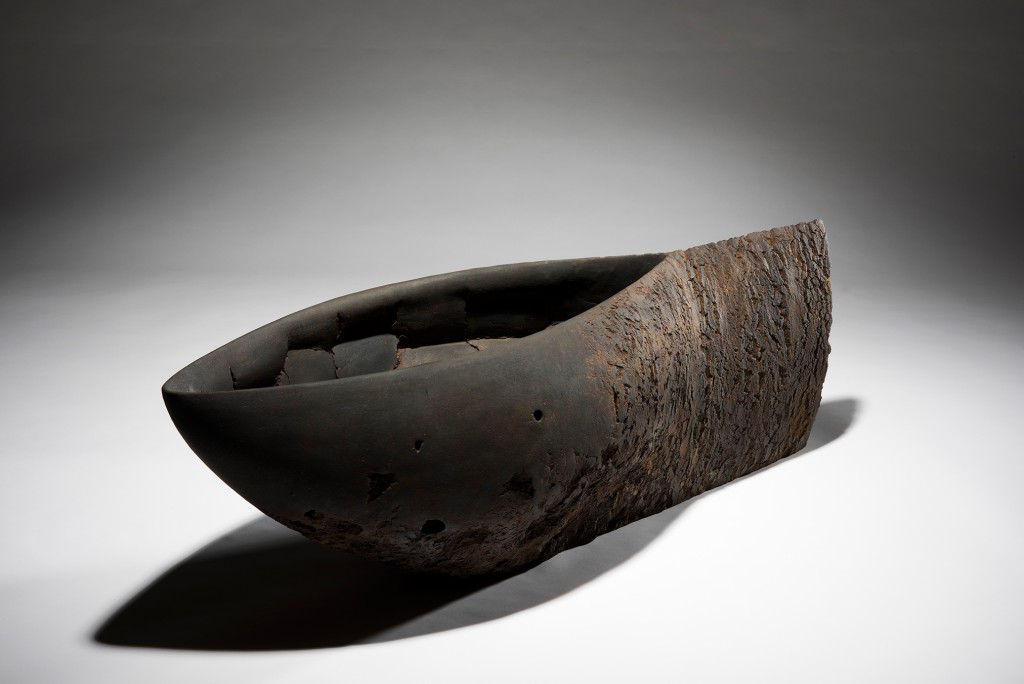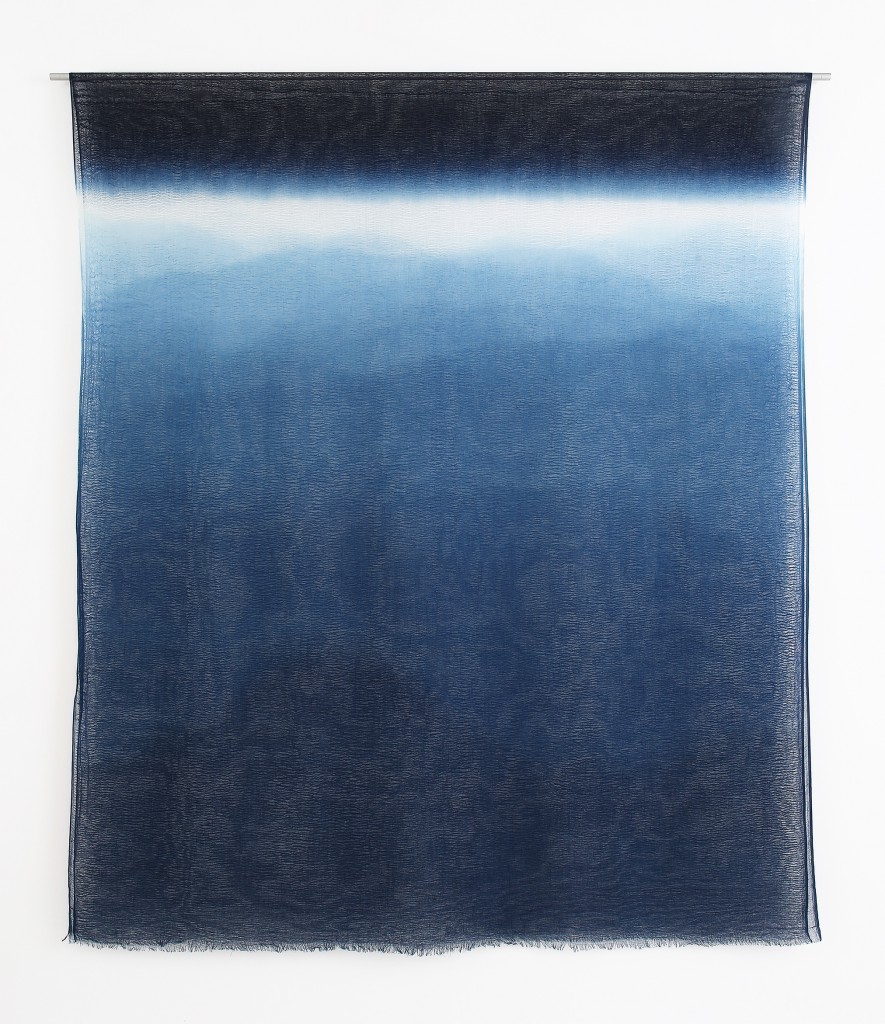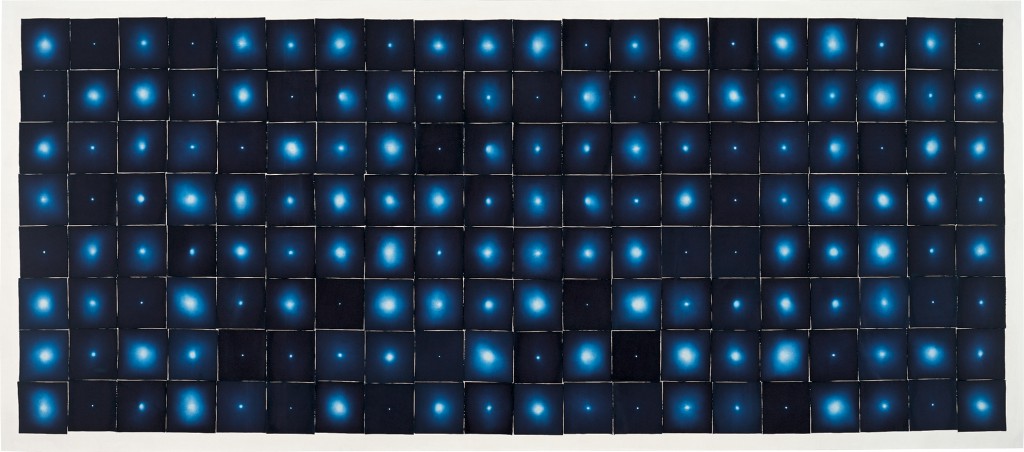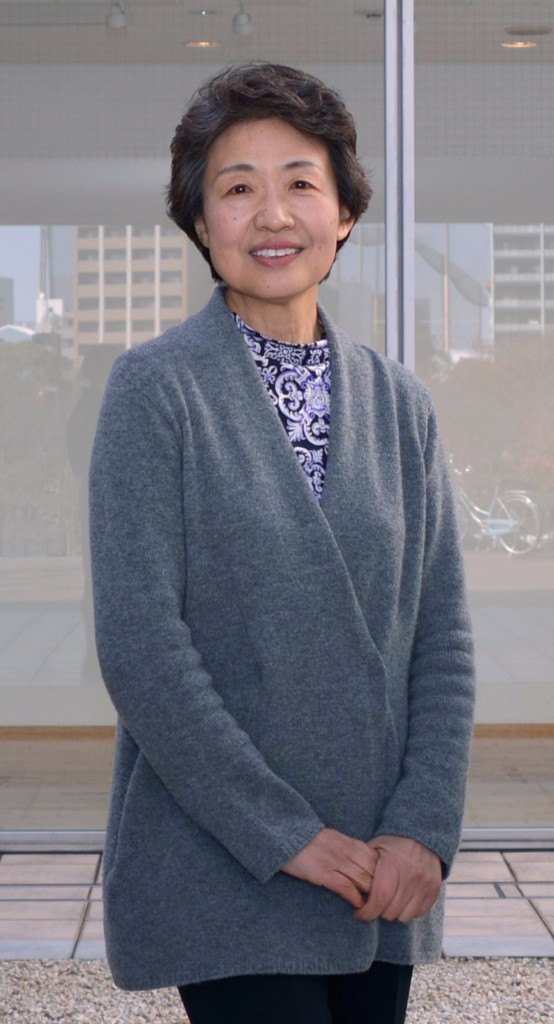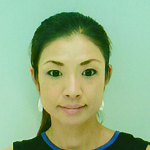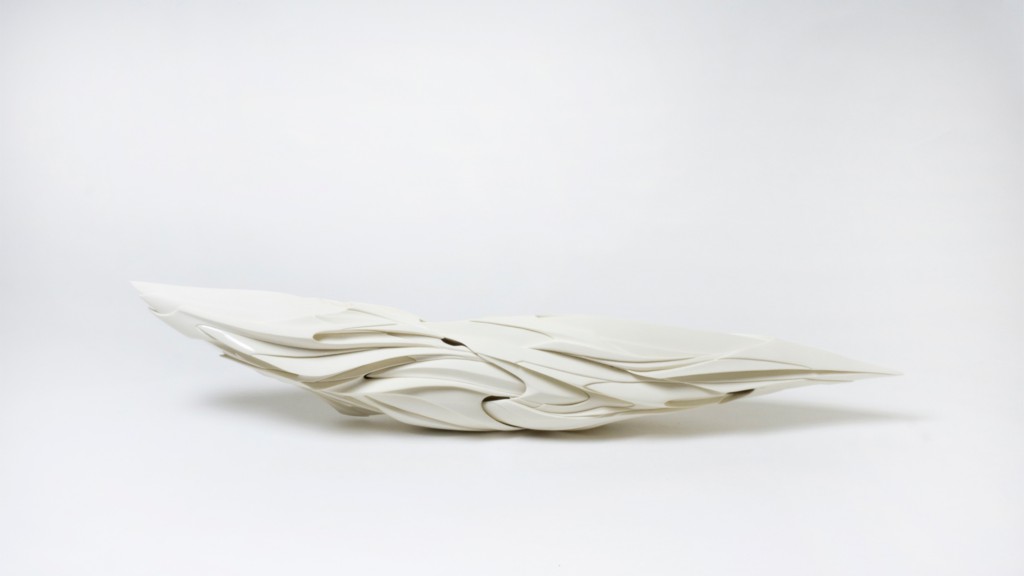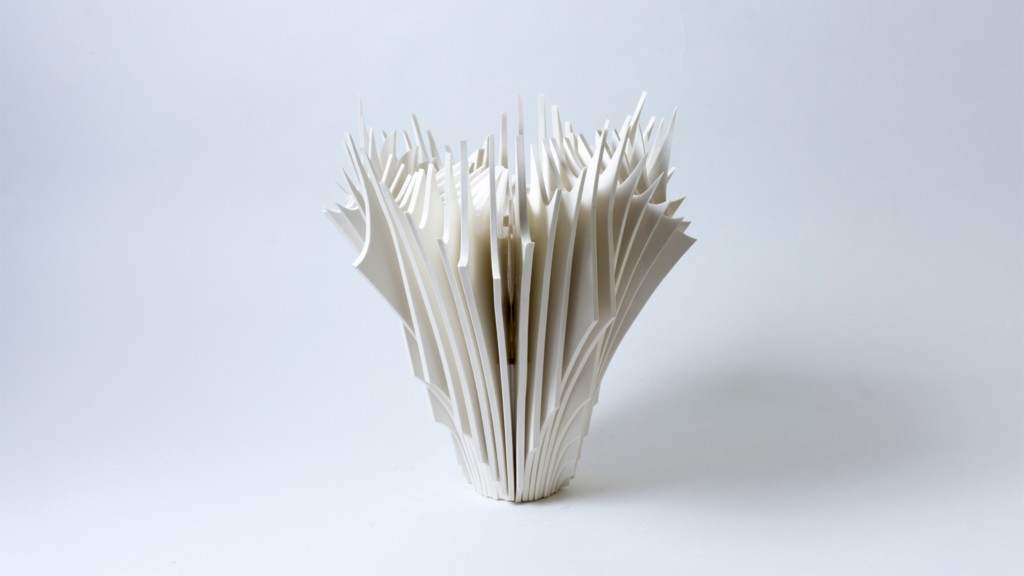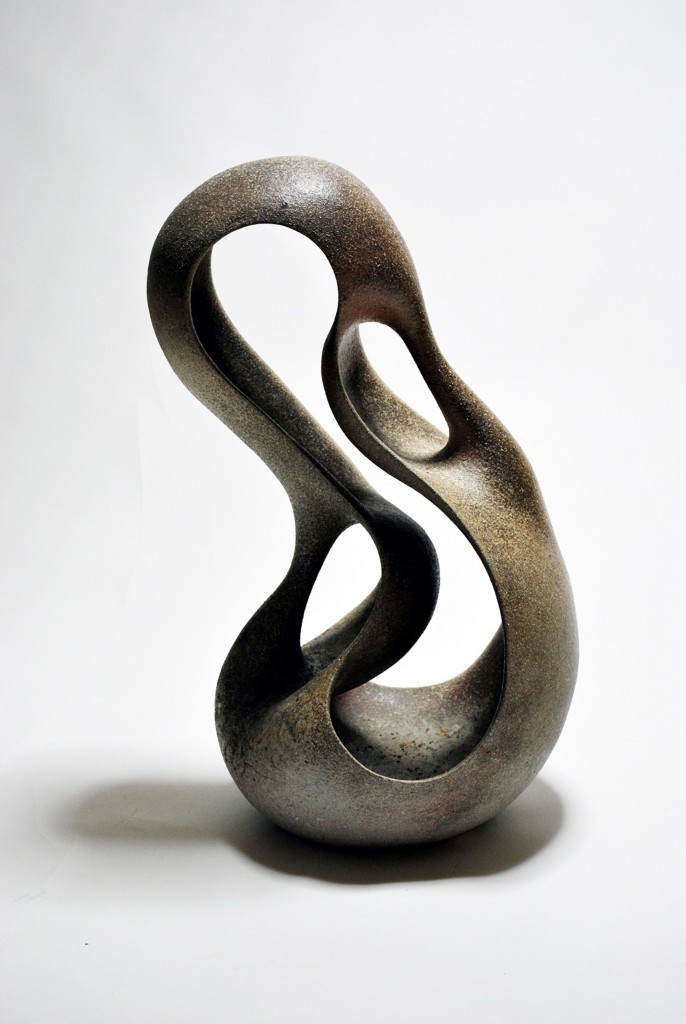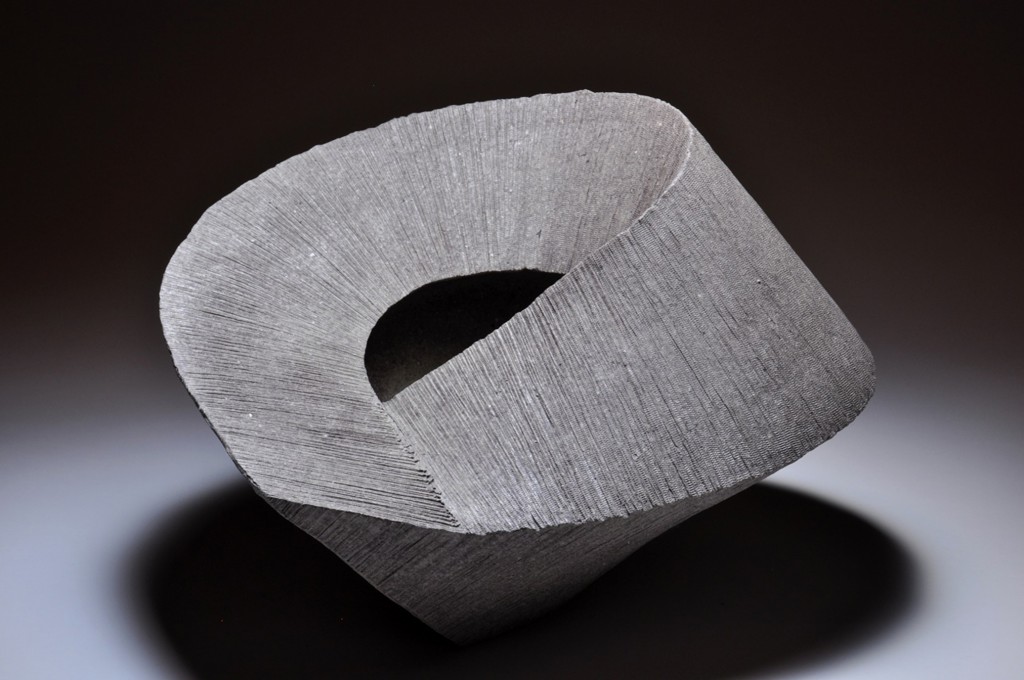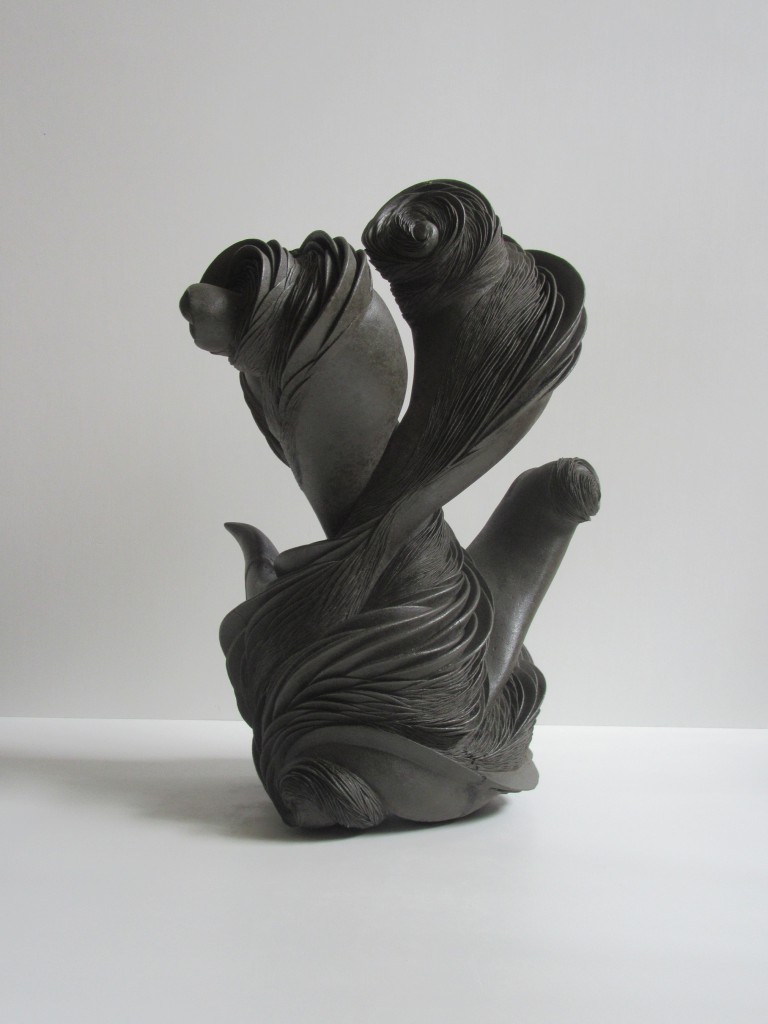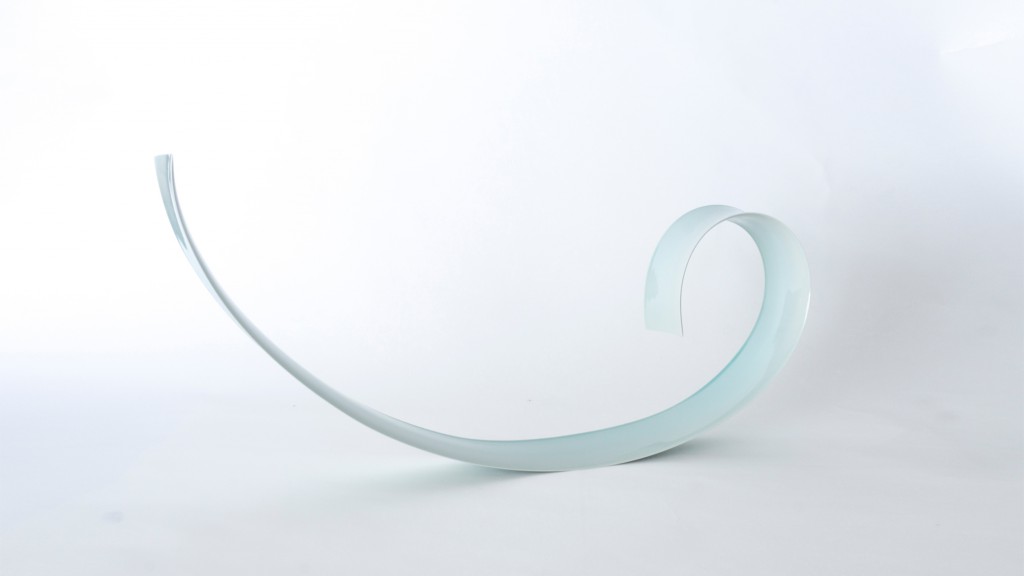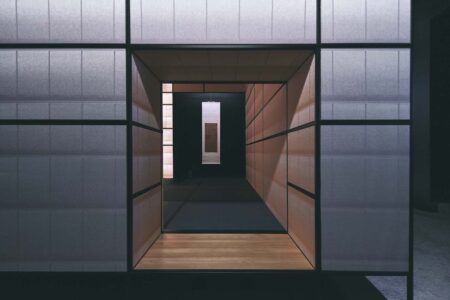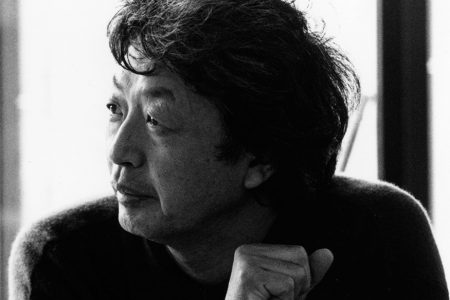
Japanese Craft at Collect 2017
A special focus on Japan is one of the highlights of Collect 2017 at the Saatchi Gallery in London from February 2 to 6. TLmag spoke to two Japanese curators.
The leading international art fair for contemporary craft objects, Collect 2017 returns to the Saatchi Gallery in London from February 2 to 6. Presented by the Crafts Council, the 13th edition of Collect 2017 draws over 30 galleries from around the world, including Japan. TLmag spoke to the director of Artcourt Gallery in Osaka, Mitsue Yagi, and managing director of Sokyo Gallery in Kyoto, Atsumi Fujita, about the role of craft in contemporary art, design and collecting.
TLmag: Japan has a legacy of very distinctive craft disciplines. How are these disciplines adapting to contemporary tastes?
Mitsue Yagi: Grounded in tradition, and based on techniques and materials that have been passed down, craft has been produced as an art form that represents its respective era. That is what distinguishes Japanese craft, with its technical excellence unimpeded by tradition, as rare, high-quality artwork in this world. Grounded in techniques and materials that have been passed down, there are two different directions in which it develops:
- Traditional craft – preserving and teaching traditional techniques and materials, craft that makes use of the modern age.
- Contemporary craft – going beyond traditional techniques and materials, creating forms that hold the artist’s own concepts.
In Japan, there is a tendency to prefer pre-modernity, and traditional craft has an appeal that satisfies that inclination.
Atsumi Fujita: Today, Japanese craft is often fashioned with a term of Kōgei, rooted in “artisan crafts”, yet whose characteristic is also situated in the context of fine art and design in a wider context. Craft is linked to others; someone can be taught by someone else who carries a distinguished skill of making objects. Predominantly craft is appealing in relation to our everyday life and experience. As time passes by, the lifestyle of Japanese people changes. In the field of ceramics, scholars note that sculptures have been made since the establishment of the post-war so-called avant-garde ceramicist groups in Kyoto: Shikokai in 1947 and Sodeisha in 1948. They made experimental wares, not functional objects such as tea bowls. To some degree, these movements are considered to be corresponding to the sculpture practices of Europe and America. Following this stream, today’s Japanese ceramicists’ practice is situated in both the conventional and contemporary, which demonstrates its flexibility of adapting to changing taste in relation to social and economic situations. Jun Matsumura, an emerging ceramic artist, adapts the outline of animation characters such as Mobile Suit Gundam, which is far beyond the notion of traditional craft. In the case of Yuki Nara – another emerging ceramic artist, who also studies architecture – he incorporates technology in pottery by using 3D software to design the form. Finally Toru Kurokawa, another emerging ceramic artist, has been fascinated with the dynamics of nature and investigated the possibilities of ceramics in relation to a range of modeling elements: expansion, contraction, distortion, twist, rotation, inversion and repetition. He is influenced a lot by Alfred North Whitehead, a British mathematician, logician and philosopher. Indeed, Japanese ceramic practice in craft keeps changing by responding to changing society.
How has craft been incorporated in contemporary Japanese art, design and architecture practices?
Mitsue Yagi: The aesthetic sensibilities cultivated by craft (while looking closely at, as well as using, the delicate and formally beautiful craft items) are utilised in contemporary art, design and architecture, to heighten the refinement of their respective fields.
Atsumi Fujita: Crafts have been incorporated in many fields, including design and architecture. This happens because craft is often situated in the between spheres, often blurring boundaries. It is almost impossible to decompose the elements of each work and place into one of the categories. In this sense, we would say if you think an object is ‘craft’, the object is ‘craft’ based on your definition, stemmed from your experience; possibly it is a matter of definition rather than incorporation.
How would you describe the aesthetic and philosophy that distinguishes your gallery and artists?
Mitsue Yagi: Artcourt Gallery cannot be overlooked. To spread to and inform, preserve for the world the artwork and the artists who continue to create with a distinct awareness of the art they should pursue, without being swayed by the occasional trends of the times.
Atsumi Fujita: Sokyo Gallery mainly focuses on representing work by Japanese ceramic artists. At first and at most, we cannot dismiss the materiality of clay when it comes to describing the aesthetic and philosophy that distinguishes our gallery and artists. Clay as a material is flexible until the sculpted clay is fired and fixed. This process carries the aspects of unpredictability, which creates aesthetics at physical and philosophical levels. This appeals to many of the contemporary artists as well. Our gallery is located in the centre of Kyoto, where the sculptural ceramic practice by Shikoukai and Sodeisha emerged. We represent a range of artists from young to established artists, which provide a platform for them to know each other and opportunities to situate their works in the context of Japanese ceramic history. The aesthetic and philosophical values of Japanese ceramics are also derived from its history. Historically, the values of Japanese ceramics have been strongly associated with tea practice. In addition, Japanese ceramics have been situated in the context of cross-cultural subjects, as seen in the Mingei (Folk Crafts) movement. The philosopher Sōetsu Yanagi led this movement in 1926, with an inspiration from The Arts and Crafts Movement in Britain and Europe. In this movement, Kyoto was also a centre.
What should one look for when buying or collecting craft from Japan?
Mitsue Yagi: I would recommend searching for contemporary craft that is brimming over with originality. Pay close attention to the balance between concept, technique and material when making a choice.
Atsumi Fujita: Japanese craft is diverse, not only because of the materials used for making crafts but also the embedded ideas in the work. Some works capture our eyes due to its refined skillful technique and some works carry conceptual ideas. Accordingly, we believe that one should buy what one loves to live with, as artworks enrich one’s life based on lifestyle and philosophy. Practically we have worked closely with museums as well. If you would like to build up a museum-class collection, it is a good idea to have an art consultation with specialists like us.
How do the tastes of international and Japanese markets differ and confer?
Mitsue Yagi: The demands and trends abroad influence the Japanese domestic market. However, the abundance and variety of collectors who are forming collections using their own aesthetic sense is a distinguishing characteristic of the craft field.
Atsumi Fujita: Japanese collectors like to appreciate details not only about the shape but also the state of glaze. Distinctively they handle ceramic works by hands, appreciating it as a tactile object, which is possibly similar to other Asian collectors. European and American collectors, on the other hand, evaluate and appreciate artworks in relation to space and shape. Also at one level, it is unavoidable for the Japanese ceramicists to be situated in the context of orientalism or self-orientalism in response to the image of Japanese-ness, which is shaped by the overseas market at large. Nevertheless, ultimately we believe that culture is a hybrid entity, particularly today, as it is intertwined with the social and economic situations of each nation, which influence one and another.
